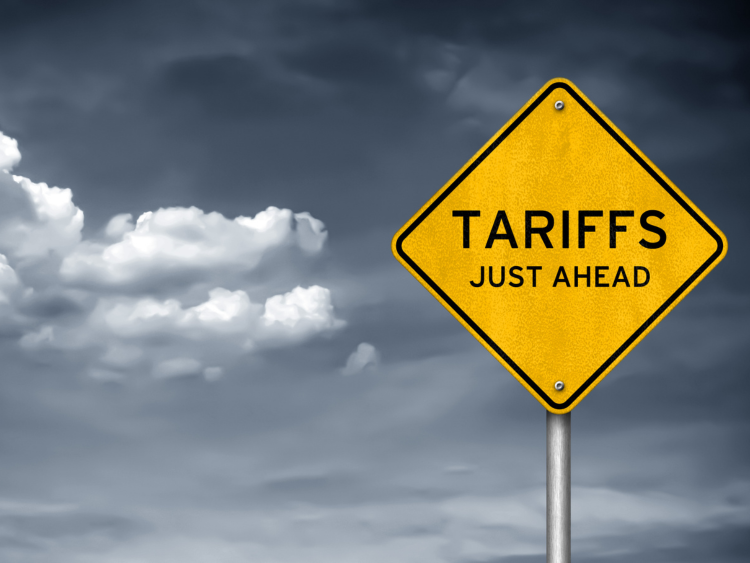Government/Policy

October 21, 2021
Nucor CEO: U.S. to 'Move Away' From S232 on EU, Mulling TRQ or CBAM
Written by Michael Cowden
The U.S. will “move away” from Section 232 tariffs on steel from the European Union, Nucor’s top executive said.
“What the final outcome looks like – whether it’s a tariff rate quota, we’ll wait and see,” Leon Topalian, president and CEO of the Charlotte, N.C.-based steelmaker, said during a conference call with analysts on Thursday.
![]()
A tariff rate quota, or TRQ, would result in the EU receiving a quota. No tariff on imports would be applied unless imports from the region exceeded that quota.
And lobbyists for domestic steelmakers have hinted that a TRQ could replace Section 232 on the EU.
A carbon border adjustment mechanism (CBAM) is also being considered, Topalian suggested.
“Absolutely there have been conversations. And we are going to continue to work with the administration in Washington,” he said when an analyst asked about a potential CBAM.
Topalian, the CEO of North America’s largest steelmaker, is not alone in that position. Cleveland-Cliffs Inc. President and CEO Lourenco Goncalves – head of the largest sheet producer in the U.S. – said this summer that his company would support a carbon border adjustment process replacing Section 232.
A carbon border adjustment should benefit electric arc furnace (EAF) steelmakers like Nucor because they have among the lowest CO2 emissions in the world. And both Congress and American consumers should be aware of that, Topalian said.
But the devil is in the details. “Nucor has provided our commentary and analysis of what a border adjustment tax must include. … We are going to be very vocal, and we are going to continue to advocate,” Topalian said.
However, he was also quick to praise Commerce Secretary Gina Raimondo and United States Trade Representative (USTR) Katherine Tai for their work on Section 232 as well as a possible replacements to it.
Nucor holds both in “high regard” for their nuanced knowledge of the steel industry, steel markets and steel trade policy – including carbon issues, he said. Both “have done a great job.”
And while Section 232 will “go away at some point,” it has served well as “a vehicle to bring other nations to the negotiating table,” Topalian said.
Topalian’s comments come as top U.S. trade officials have met in recent days with key stakeholders in the EU about resolving their differences on Section 232.
Case in point: USTR Tai and Deputy USTR Jayme White met in Brussels on Thursday with Bernd Lange, chair of the European Parliament’s International Trade Committee – the first such meeting since the two sides met in July in Washington, D.C.
Among the topics discussed were “the importance of finding a fair outcome to the steel and aluminum dispute,” according to a readout of the meeting from the Office of the USTR.
Ambassador Tai also met on Thursday in Brussels with European Steel Association (EUROFER) Director General Axel Eggert about steel trade policy. Among the topics discussed were excess global steelmaking capacity and related “market distortions” that have harmed workers in both the U.S. and the EU, the Office of the USTR said.
The U.S. has proposed policies that would “ensure the long-term viability of the American and European steel and aluminum industries and strengthen the transatlantic relationship between the U.S. and EU,” according to a readout of that meeting.
The United States and the European Union want to resolve their differences surrounding Section 232 tariffs on the EU – perhaps by as soon as Nov. 1.
By Michael Cowden, Michael@SteelMarketUpdate.com






